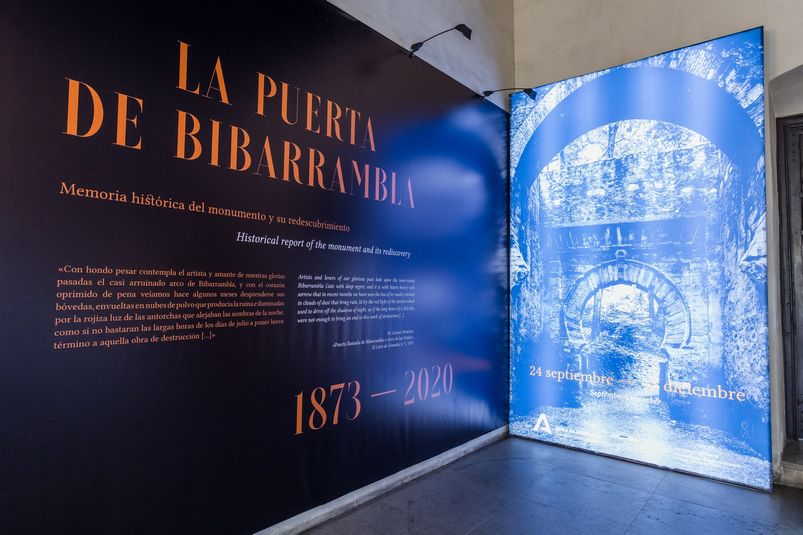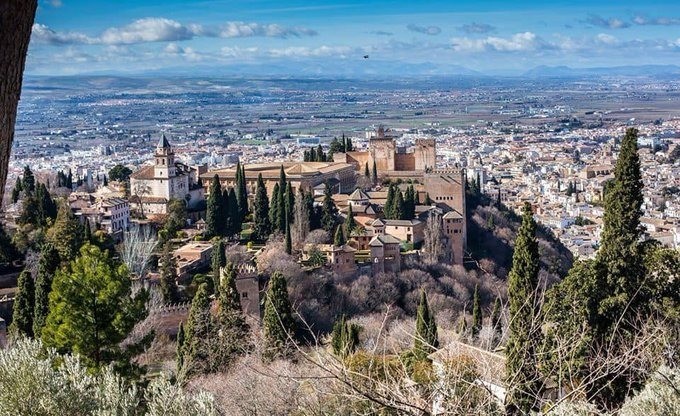The Art and Technique of Gardening: Future and Tradition
The ‘Asociación de Forestales de España’ (PROFOR), in collaboration with the ‘Patronato de la Alhambra y el Generalife’ intends to emphasize the importance of the Gardening industry and the creation and management of green areas as a mean of achieving more sustainable municipalities with a better quality of living, thus, contributing to the construction of a new class of cities. The unique historical-artistic setting of the Alhambra, as well as the undeniable experience of the Patronato in the protection, development and sustainable management of its landscape resources, make of it the perfect frame for these conferences.
The increasing demand of green areas in cities is not only due to a continuous urban development, but also to an ever increasing integration of the environment in local policies and of social awareness, which significantly raises the population request of gardens and green areas for public use.
Some of these green areas offer as an added value their historical and cultural value, being even classified as ‘Bienes de Interés Cultural’ – Cultural Heritage Sites protected by the Andalusian Government – closely bound with the historical origin of the cities. It is an unquestionable fact that the way of understanding gardens has evolved with time, turning them into the witnesses of some specific periods. To understand today’s gardening, we cannot leave out the vast tradition and legacy inherited from the past. All this justifies the first set of conferences aimed at the History of gardening and the Hispanic-Islamic garden.
The Botanical Gardens represent a special case within the gardening field. Their concept in itself comprises the cultural and natural Heritage. One of the main challenges the Gardening industry must face today, is the achievement of a more sustainable management. This involves a more responsible use and management of water, together with an adequate selection of the species.
The sector must contribute by providing technical solutions for the design, implementation and management of green areas, making the most of the natural conditions, giving response to a society increasingly compromised with the preservation of resources.

La Alhambra, a look from Fernando Manso
MORE INFORMATION
WASHINGTON IRVING AND THE ALHAMBRA
MORE INFORMATION
THE GATE OF BIBARRAMBLA. Historical report of the monument and its rediscovery
MORE INFORMATIONTHE EMPEROR´S CHAMBERS
MORE INFORMATION
The Council of Alhambra and Generalife will refund automatically the full amount of the bookings
MORE INFORMATION





 Contact
Contact















